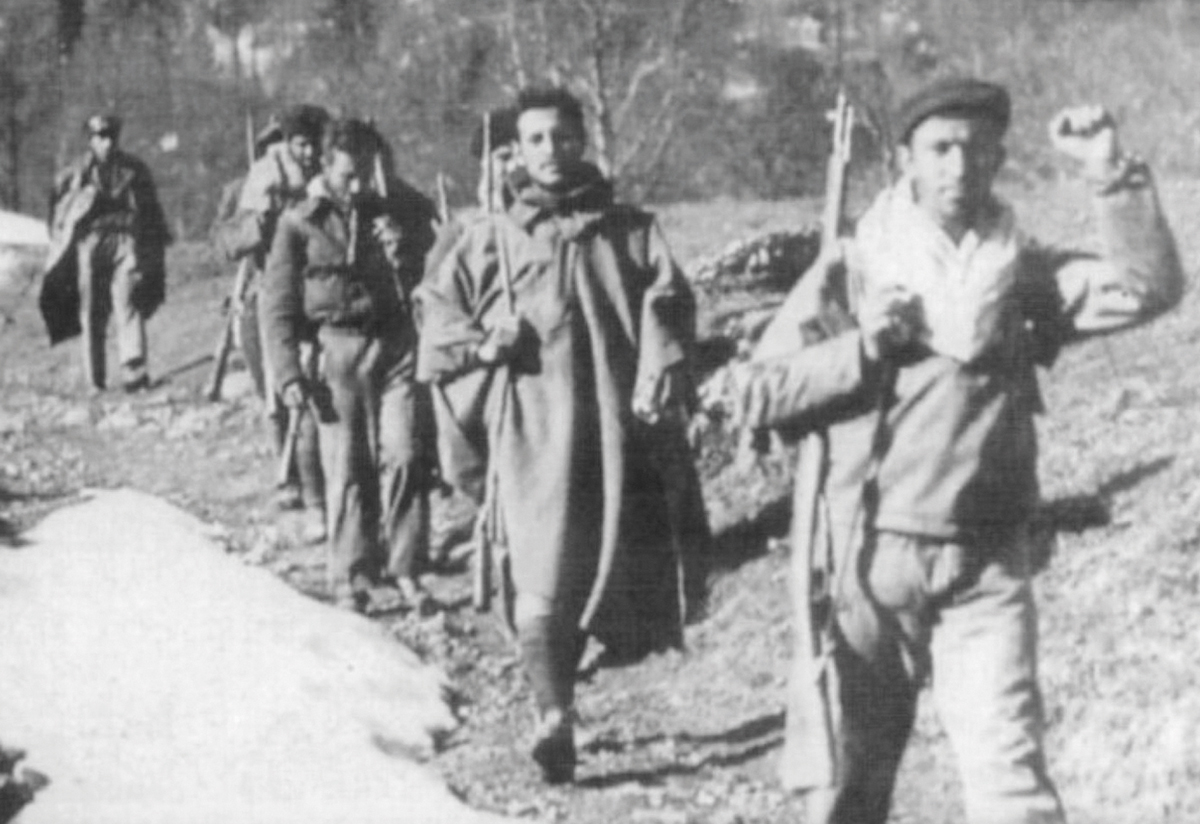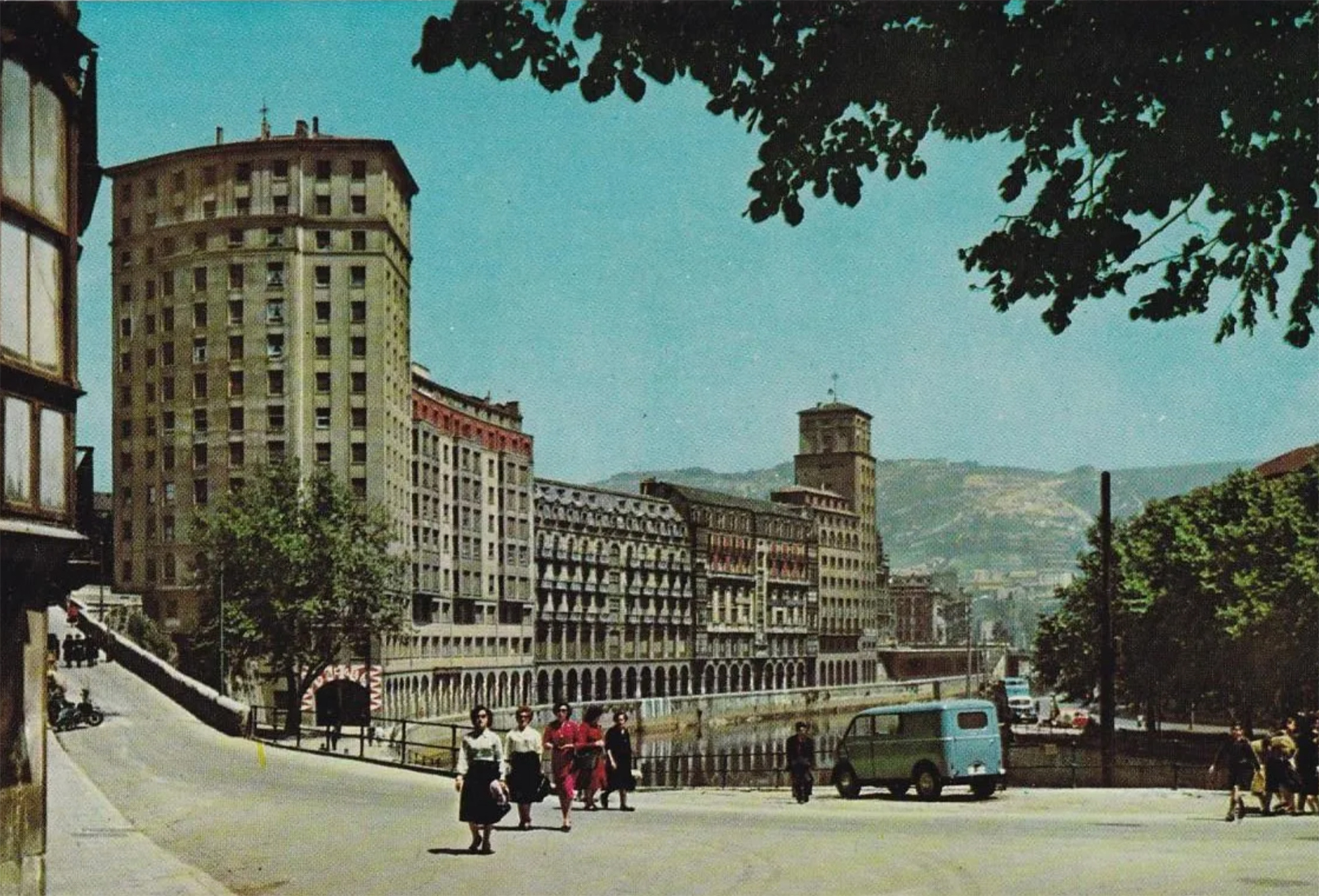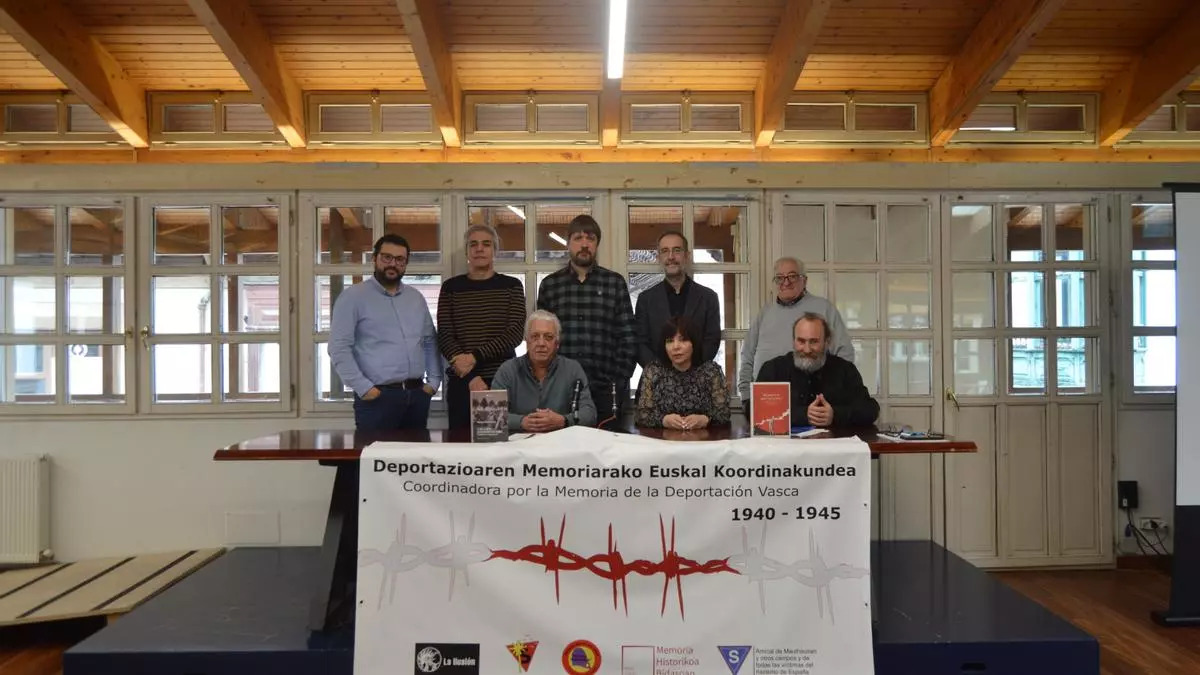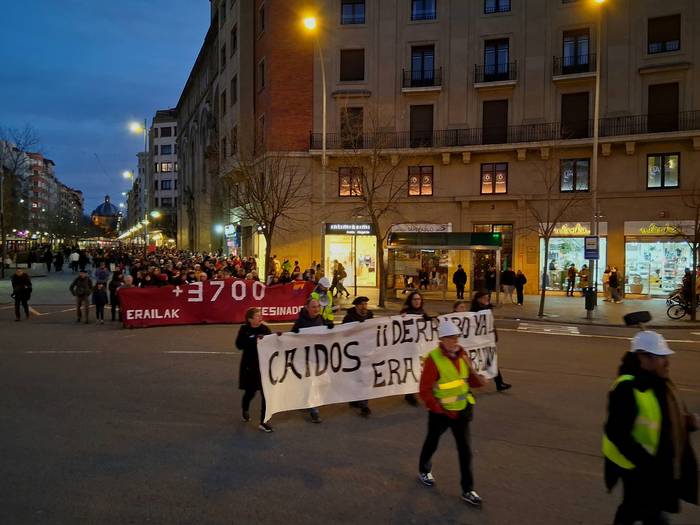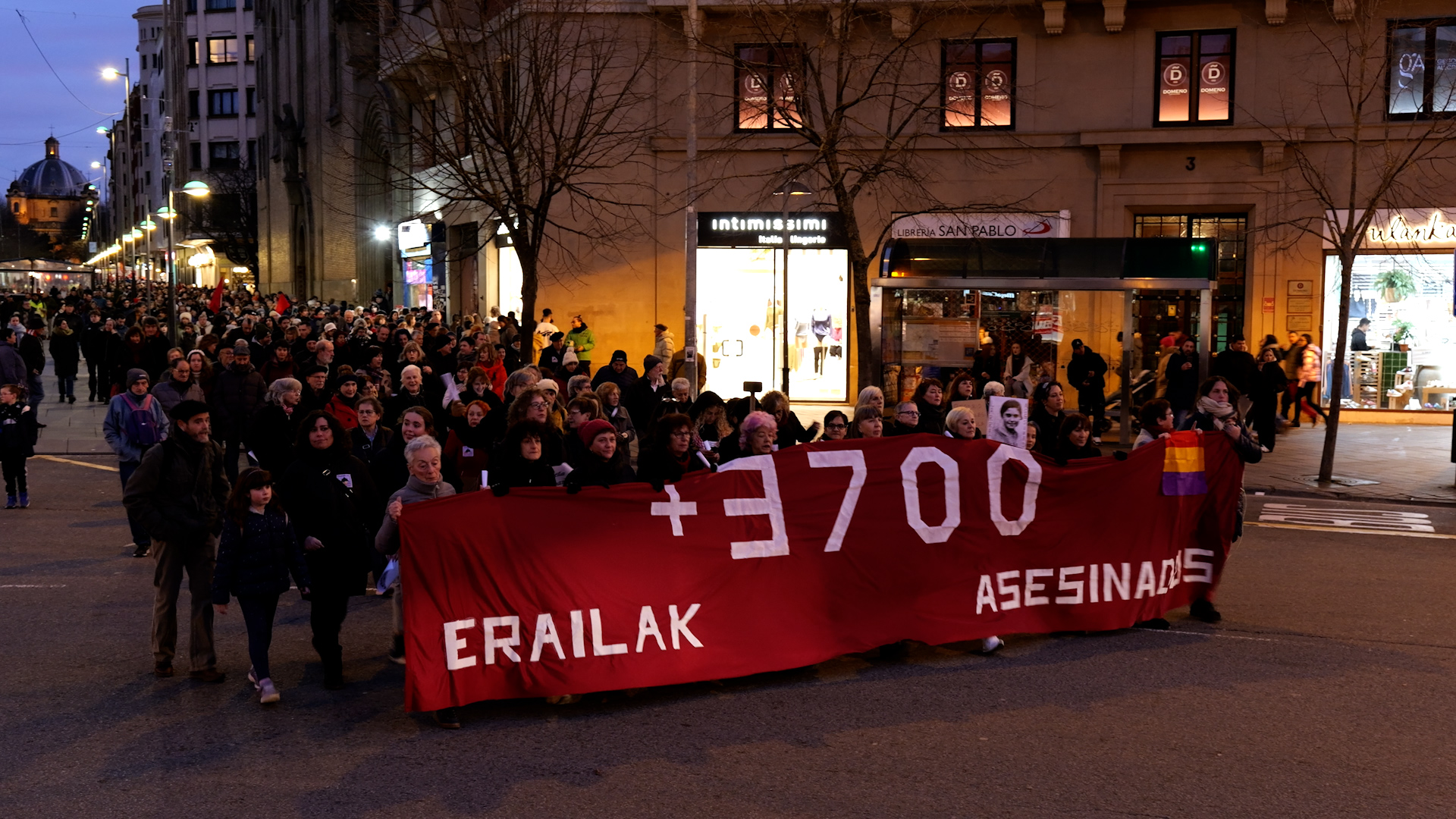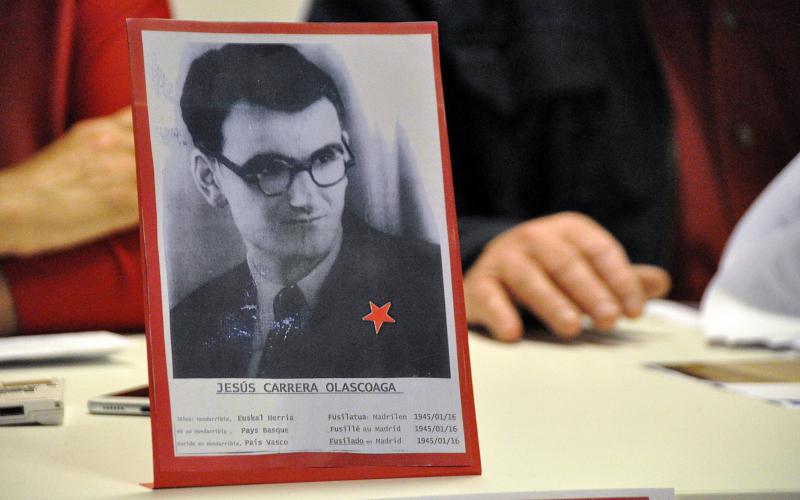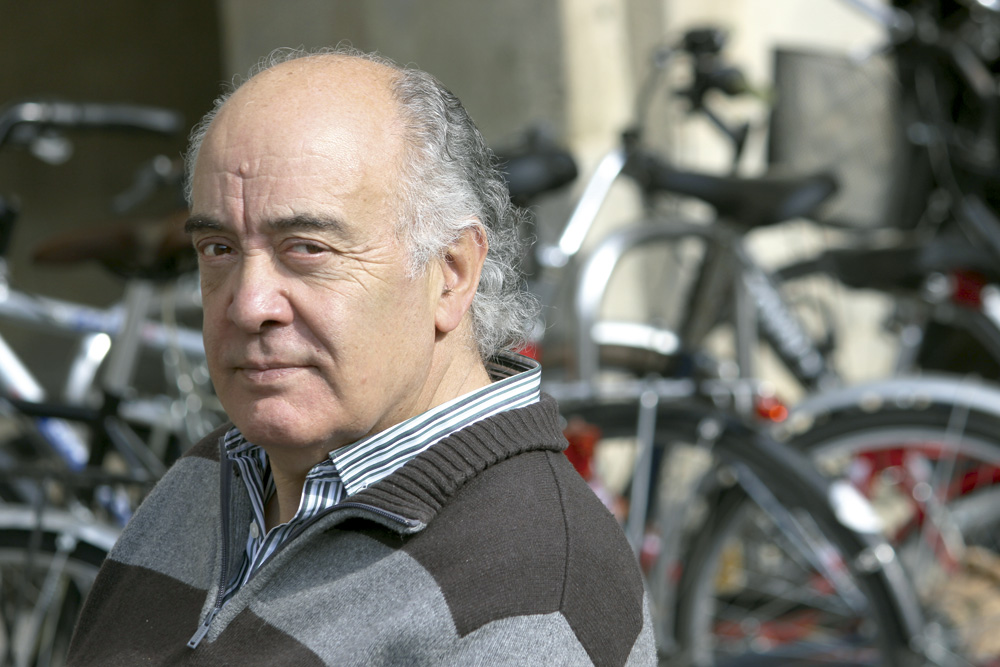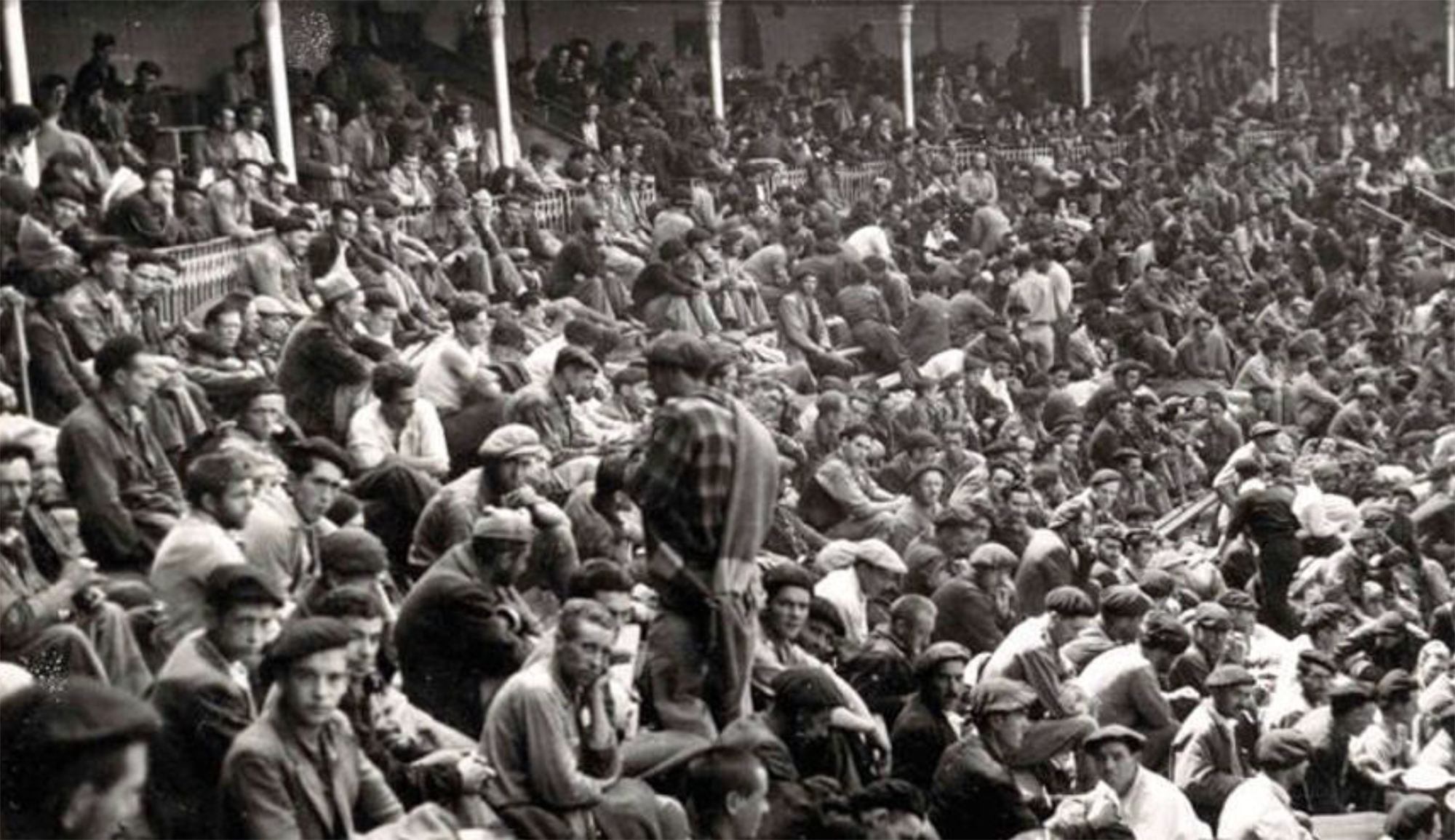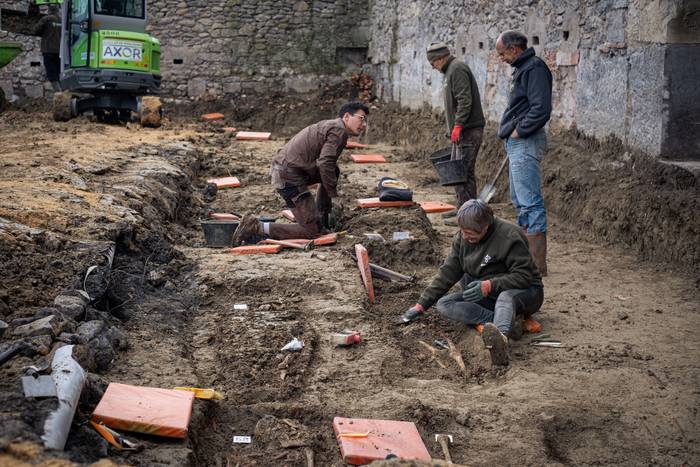The dictator Franco del Valle de los Muertos will leave on Thursday
- The Spanish Government has reported in a statement that on 24 October at 10:30 a.m., under conditions of "dignity and respect" and with the presence of his family, the remains of Francisco Franco will be looted.

Twelve years ago, Congress passed the Historical Memory Act of 2007, with the president of the Spanish Government, José Luis Zapatero, of the PSOE. This is the law on which this disobedience is based. Since then, Congress passed a non-legislative proposal authorizing the departure of Franco and, finally, the Spanish Government gave its mandate in 2019.
The foundations closest to the family, however, have not taken long to obstruct order in the courts. With all the doors open, on Thursday they will take the dictator from the Valley of the Fallen to the pantheon of Mingorrubio, where his widow, Carmen Polo, is buried.
Salvador Puig Antich frankismoaren kontrako militantea izan zen. Askapen Mugimendu Iberikoko kidea, 1973ko irailaren 25ean atxilotu zuten. Gerra-kontseilua egin zioten, eta garrotez exekutatu zuten handik sei hilabetera, 1974ko martxoaren 2an. Aurtengo otsailean baliogabetu du... [+]
Bilbo, 1954. Hiriko Alfer eta Gaizkileen Auzitegia homosexualen aurka jazartzen hasi zen, erregimen frankistak izen bereko legea (Ley de Vagos y Maleantes, 1933) espresuki horretarako egokitu ondoren. Frankismoak homosexualen aurka egiten zuen lehenago ere, eta 1970ean legea... [+]
Deportazioaren Memoriarako Euskal Koordinakundeak aintzat hartu nahi ditu Hego Euskal Herrian jaio eta bizi ziren, eta 1940tik 1945era Bigarren Mundu Gerra zela eta deportazioa pairatu zuten herritarrak. Anton Gandarias Lekuona izango da haren lehendakaria, 1945ean naziek... [+]
Pamplona, 1939. At the beginning of the year, the bullring in the city was used as a concentration camp by the Francoists. It was officially capable of 3,000 prisoners of war, at a time when there was no front in Navarre, so those locked up there should be regarded as prisoners... [+]










